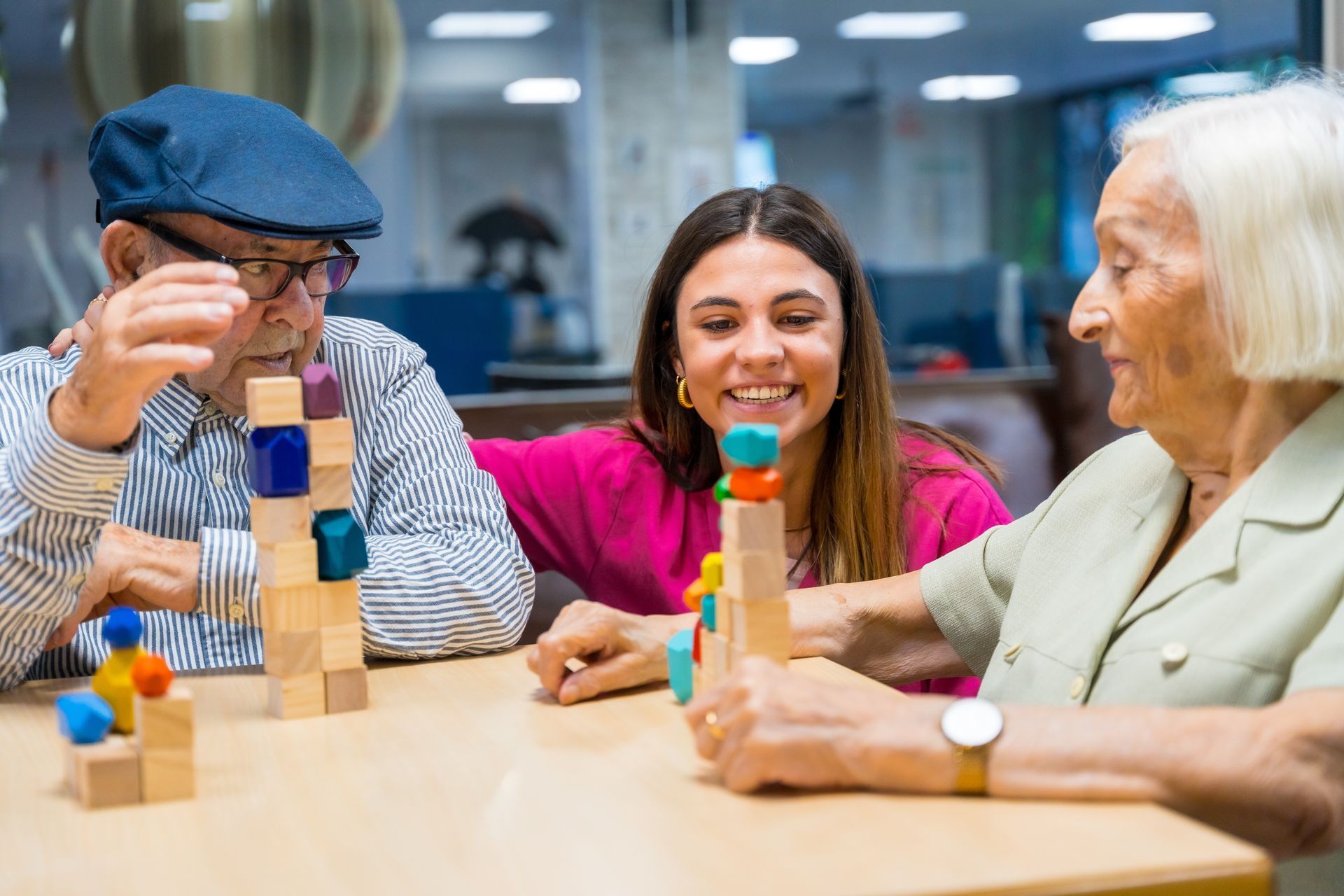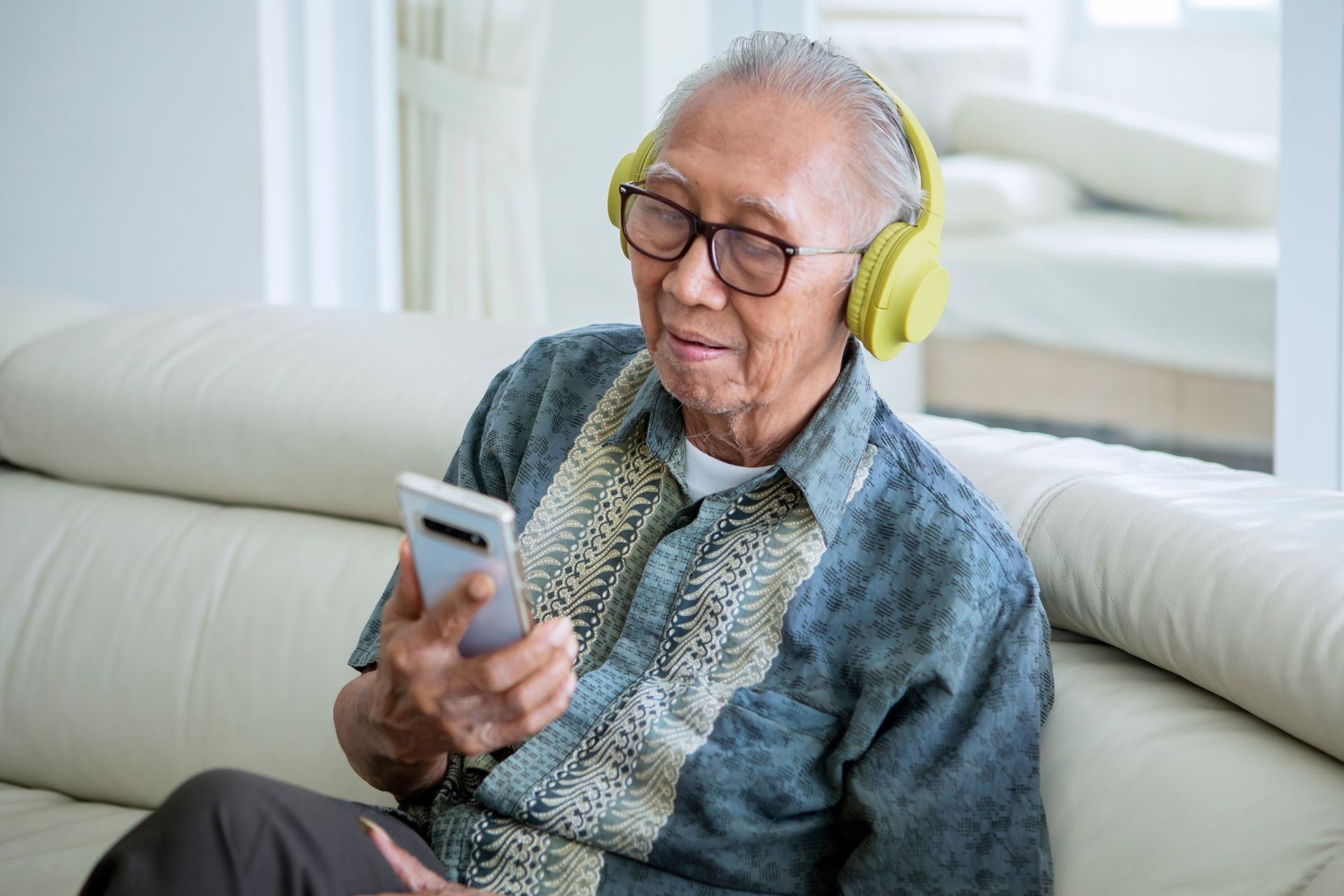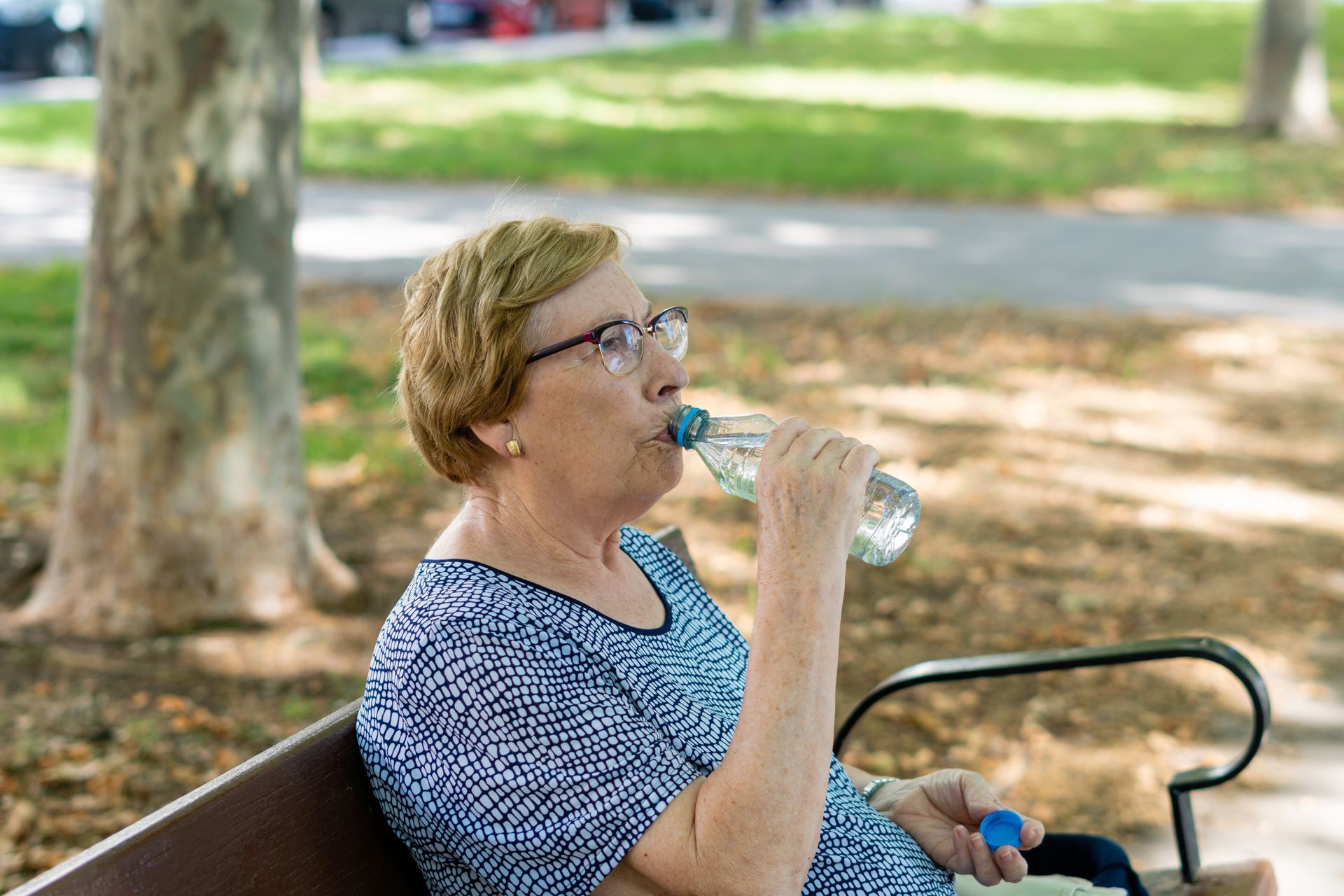BLOG
The Rise of Geriatric Telehealth: Bringing Healthcare to Seniors in Assisted Living
Senior healthcare is undergoing a transformative shift with the advent of geriatric telehealth. Innovative approaches now leverage technology to provide medical services remotely, ensuring seniors receive timely and efficient care. As the aging population grows, the demand for accessible healthcare solutions becomes increasingly critical. Geriatric telehealth serves as a pivotal solution, bridging the gap between seniors and healthcare providers.
Assisted living facilities are leading the integration of telehealth services to enhance the well-being of their residents. Adopting telehealth enables facilities to offer continuous monitoring, prompt medical consultations, and personalized care plans tailored to individual needs. Integration improves health outcomes and empowers seniors to maintain their independence. The rise of geriatric telehealth reflects a commitment to adapting healthcare delivery for the evolving needs of older people.
Geriatric Telehealth Reduces Hospitalizations Through Early Intervention
Geriatric telehealth helps identify health issues before they escalate into emergencies that require hospitalization. Virtual monitoring tools track vital signs and symptom progression in real-time, enabling proactive care decisions. Early intervention reduces the likelihood of complications associated with chronic illness. Seniors benefit from quicker response times and fewer disruptive medical events.
Remote access to primary care providers ensures consistent health assessments. Regular check-ins allow caregivers to update care plans as needed. Preventive engagement promotes long-term health stability for residents.

Nurses and on-site staff collaborate with telehealth physicians to effectively triage symptoms. Rapid evaluations lead to timely medication adjustments or in-room treatment recommendations. On-site response backed by virtual guidance minimizes the need for ambulance calls or emergency room visits. This coordinated model improves both efficiency and patient satisfaction.
Reducing hospitalizations also lowers healthcare costs for both families and healthcare systems. Emergency care often necessitates follow-up visits, readmissions, and prolonged recovery periods. Telehealth limits such disruptions by focusing on prevention and continuous oversight. Cost-effective care helps families feel secure in their loved ones' living arrangements.
Geriatric Telehealth Enhances Accessibility Through Remote Consultations
Geriatric telehealth significantly enhances access to medical care for seniors, particularly those with mobility limitations. Remote consultations eliminate the need for transportation, thereby reducing the physical and logistical burdens associated with in-person visits. Seniors maintain regular contact with healthcare providers, leading to improved management of chronic conditions. The convenience encourages proactive approaches to health and timely interventions.
Implementation of telehealth in assisted living has shown promising results. A study in the International Journal of Medical Informatics confirms that telehealth effectively manages chronic diseases among elderly patients. Facilities using this technology report higher resident satisfaction and reduced hospital readmissions.
Telehealth supports multidisciplinary collaboration among healthcare providers. Virtual platforms allow specialists to confer in real-time, ensuring comprehensive and individualized care plans. Collaboration enhances the quality and consistency of care for seniors.
Communication streamlining reduces the likelihood of preventable medical errors.
Many telehealth platforms include electronic health records and medication management tools. Caregivers and providers monitor adherence and adjust treatments as needed. Assisted living communities improve care standards through these technologies. The synergy
between healthcare and digital tools enhances outcomes in senior living.
Empowering Seniors with User-Friendly Technology
Geriatric telehealth succeeds when the technology is usable by seniors. User-friendly interfaces ensure elderly individuals can navigate telehealth platforms with confidence. Large buttons, voice commands, and simple navigation cater to aging populations. Design features promote independence and reduce frustration.
Voice-activated assistants serve as valuable tools in the adoption of telehealth. A study on arXiv reveals that voice assistants enhance healthcare engagement among older adults. These tools assist with appointment scheduling, medication reminders, and health inquiries. Streamlined interaction lowers technological barriers for seniors.

Support and education play key roles in telehealth success. Assisted living communities can hold workshops and one-on-one tech training sessions. Ongoing support fosters confidence and consistency in telehealth engagement. Active involvement improves health monitoring and treatment adherence.
Family participation increases telehealth effectiveness. Relatives help with device setup, participate in consultations, and monitor medical updates. Shared involvement ensures seniors receive collaborative and responsive care. A strong support system promotes transparency and resident satisfaction.
Addressing Privacy and Security Concerns
The expansion of geriatric telehealth requires strict attention to patient data privacy and security. Healthcare systems must follow established regulations that protect personal health information. Secure platforms with encryption and authentication features guard against breaches. Confidence in telehealth systems relies on these critical safeguards.
Educating seniors on privacy practices builds trust. Seniors benefit from understanding how their data is handled and protected. Transparent communication empowers residents to make informed decisions about their healthcare. Increased confidence encourages greater telehealth participation.
Regular audits help detect and resolve vulnerabilities in telehealth platforms. Facilities must establish response protocols for any data incidents that may occur. Ongoing system evaluations ensure compliance with updated regulations. Strong cybersecurity practices maintain the credibility of digital healthcare.
Collaborating with reputable telehealth vendors boosts security. Established providers often hold certifications and maintain robust compliance frameworks. Partnering with experienced vendors supports the development of safe and dependable telehealth programs. Security-focused partnerships reflect a commitment to resident well-being.
Integrating Telehealth into Daily Care Routines
Integrating telehealth into senior routines and other geriatric care requires deliberate planning. Scheduled virtual check-ups help monitor chronic conditions and detect changes early. Health reviews can be incorporated into daily calendars to minimize disruptions. Regular interactions strengthen preventive care strategies.
Telehealth supports mental health services through virtual therapy and counseling sessions. Access to behavioral care enhances overall wellness for seniors. Online support groups offer valuable emotional and social engagement. Mental health integration addresses both cognitive and emotional needs.
Medication management improves with the use of digital tools and virtual access to providers. Seniors receive reminders and feedback on prescriptions and usage. Providers evaluate effectiveness and make timely adjustments to medication. Early adjustments help prevent complications and reduce the need for emergency care.
Family involvement in care planning enhances coordination and communication, ultimately leading to improved outcomes. Virtual meetings allow caregivers and providers to collaborate remotely. Unified care strategies improve personalization and consistency.
Telehealth Is Transforming Senior Care for the Better
Embracing geriatric telehealth represents a bold step toward modernizing care for seniors in assisted living communities. Integrated technology enables accessible, continuous, and personalized support, promoting better health and independence. Seniors benefit from timely interventions, stronger engagement, and comprehensive service delivery through virtual healthcare. To see how these innovations are improving lives every day, connect with the team at Assured Senior Living today.














